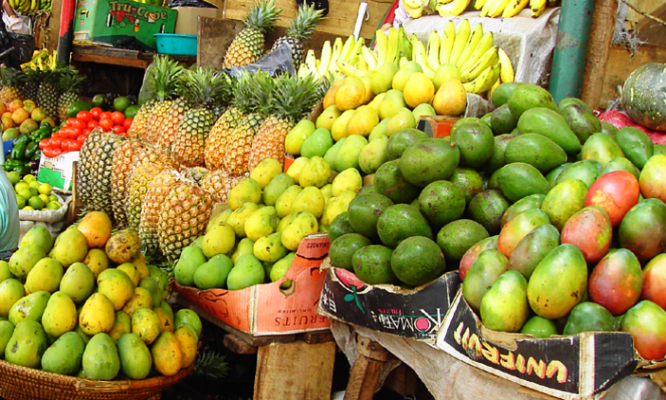By Katusiime Kellen
The Uganda Bureau of Statistics (UBOS) has released a list of ten crops where farmers last year earned a better price than others.
The list, contained in the new Producer Price Index (PPI) for agriculture released on Thursday, is first-time of its kind by UBOS and the twelfth in Africa.
It captures the money paid to the farmer without taxes or middleman fee. It further shows that in 2018, farmers of rice, fibre crops like cotton flowers, tropical and subtropical fruits like bananas and plantains, avocado, mangoes, papayas, and pineapples and vanilla, earned more money because their prices went up.
Fibre crops (cotton) and non-perennial crops (flowers) had the biggest jump upwards in prices paid to farmers at 19.7 per cent and 37.2 per cent respectively.
Cattle, pigs, forestry and fish saw their prices up by more than 3 per cent. Other animals like rabbits and honey were good business for farmers as well.
Patrick Okello, the UBOS Director of agriculture and environment statistics, said using this index, farmers can get an idea of which crop can bring them business. He also said that depending on this index, farmers can also make a decision on what to and not to plant.
The crops where farmers earned little money last year include cereals like maize (except rice) and leguminous crops like beans and oil seeds like ground nuts. Other crops citrus fruits (oranges, lemons and tangerines).
Vegetables, melons, and roots and tubers like cassava were also a poor investment last year as their prices dropped by 16.7 per cent. Maize prices dropped by 41 per cent last year.
Beverage crops like coffee, cocoa, and tea also saw their prices drop last year, which means farmers of their crops earned less money.
The prices for sugar cane did not change and due to the contractual agreements that farmers sign with factories that buy them which stipulate the price at which they would be bought.
On the significance of the index, Ubos deputy executive director Imelda Atai Musana said farmers will be able to know selling crops and where to sell them.
Overall, however, farmers in the country generally earned less money last year. The index shows that the prices of their crops dropped by 9.2 per cent for the year ending December 2018, compared to an 8.6 per cent decrease in the year ending November 2018.
This, the statistics body said, was due to the drop in the prices for crop and animal production segment, and also prices of fishing and aquaculture segment.
The index will be released quarterly and the next release will be in June 2019.
–URN





